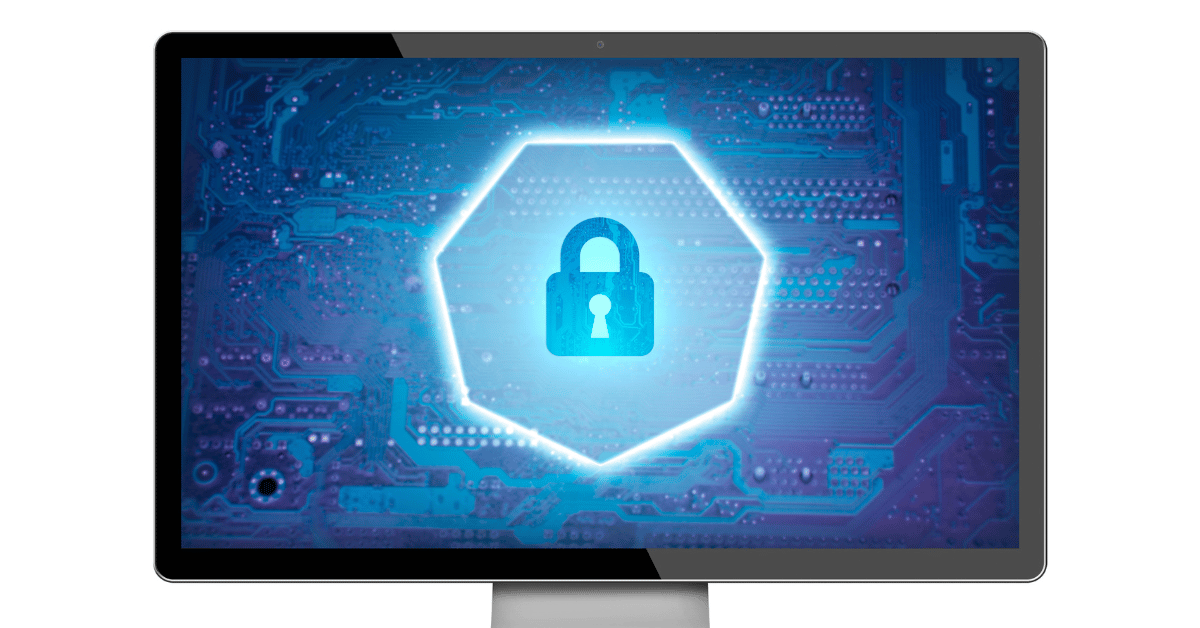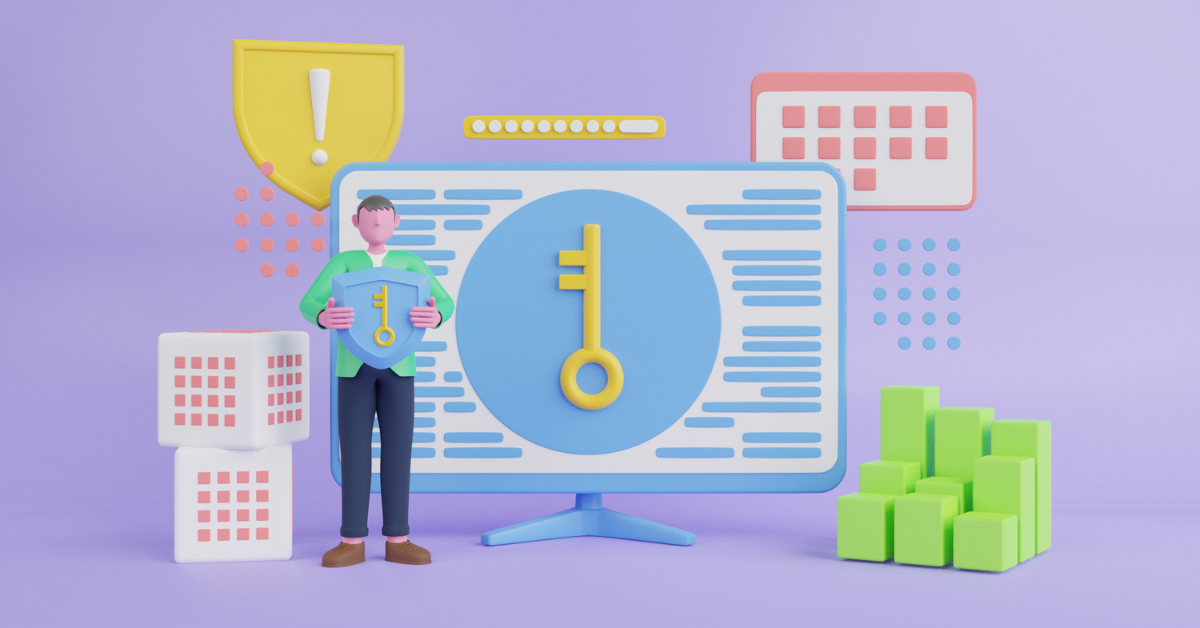Encryption involves converting data into an unreadable format to protect sensitive information from unauthorized access. You should use encryption in various places, including email communication, file storage, messaging apps, online shopping, business operations, and healthcare records. Implement best practices such as using strong passwords, keeping software updated, enabling two-factor authentication, and choosing reputable encryption tools to maximize its effectiveness.
What is encryption?

Encryption is a fundamental process in the field of computer security and data protection. It involves the transformation of plain text or data into an unreadable format known as ciphertext using mathematical algorithms and a secret encryption key. This process is employed to secure sensitive information from unauthorized access, ensuring that only individuals with the corresponding decryption key can decipher and access the original data.
How does encryption work?
Encryption works through a complex process that transforms plain text or data into an unreadable format, known as ciphertext, using mathematical algorithms and a secret encryption key
- Data Input: The process begins with the input of plain text or data that you want to protect. This data can be anything from a simple message to sensitive financial information.
- Encryption Algorithm: An encryption algorithm is a set of mathematical rules and operations that dictate how the data will be transformed. There are various encryption algorithms available, with some being more secure than others. Common encryption algorithms include Advanced Encryption Standard (AES), RSA, and Triple DES.
- Encryption Key: To encrypt the data, you need an encryption key. This key is a piece of information that is used as input to the encryption algorithm. It determines how the data will be transformed and is essential for both encryption and decryption. There are two main types of encryption keys:
- Symmetric Key Encryption: In symmetric key encryption, the same key is used for both encryption and decryption. This means that whoever wants to decrypt the data must have the same key that was used for encryption. It’s like having a single key to lock and unlock a door.
- Asymmetric Key Encryption: Asymmetric encryption, also known as public-key encryption, involves a pair of keys: a public key and a private key. The public key is used for encryption, while the private key is used for decryption. This allows for secure communication where one party can encrypt data using the recipient’s public key, and only the recipient, who holds the private key, can decrypt it.
- Encryption Process: The encryption algorithm takes the plain text or data and combines it with the encryption key to produce ciphertext. The resulting ciphertext appears as a random sequence of characters and is unintelligible without the corresponding decryption key.
- Secure Transmission or Storage: Once the data is encrypted into ciphertext, it can be safely transmitted over the internet or stored in a database. Even if intercepted by malicious actors, the ciphertext is nearly impossible to decipher without the encryption key.
- Decryption: To retrieve and use the original data, the recipient or authorized user must possess the correct decryption key. When the decryption key is applied to the ciphertext, the encryption algorithm reverses the process, transforming the ciphertext back into plain text or the original data.
Places Where You Should Be Using Encryption:

Protecting Your Personal Data
- Email Communication: Email is a common means of communication for both personal and professional purposes. It often contains sensitive information such as personal conversations, financial details, and account credentials. Using email encryption ensures that your messages are secure and can only be read by the intended recipient.
- File Storage and Sharing: Whether you’re storing important documents in the cloud or sharing files with colleagues, encrypting your data adds an extra layer of protection. Services like Dropbox and Google Drive offer encryption options to safeguard your files.
Securing Your Online Communication
- Messaging Apps: With the rise of instant messaging apps, it’s essential to use end-to-end encryption when chatting with friends and colleagues. Apps like WhatsApp and Signal provide strong encryption to keep your conversations private.
- Video Conferencing: As remote work becomes more prevalent, video conferencing is a daily routine for many. Ensure that the platform you use employs encryption to protect your meetings from eavesdropping.
Ensuring E-commerce Safety
- Online Shopping: When making online purchases, always look for the padlock symbol in the web address bar, indicating a secure connection. This ensures that your payment information remains confidential during transactions.
- Payment Apps: Mobile payment apps like Apple Pay and Google Pay use encryption to secure your credit card information, making them a secure option for in-store and online payments.
Safeguarding Business Information
- Cloud Services: Businesses rely on cloud storage and services for data management. Choose cloud providers that offer robust encryption to protect sensitive corporate data.
- VPN Usage: Virtual Private Networks (VPNs) encrypt your internet connection, making it harder for cybercriminals to intercept data transmitted between your device and the server. This is especially important for remote workers accessing company resources.
Securing Healthcare Records
- Electronic Health Records (EHRs): Healthcare providers store patient records electronically, and these records contain highly sensitive information. Strong encryption is crucial to ensure the confidentiality and integrity of patient data.
- Telemedicine: With the increasing use of telemedicine, secure encryption is vital for protecting the privacy of patients during remote consultations.
Best Practices for Implementing Encryption:

1. Use Strong Passwords:
- When setting up encryption, ensure that you use strong, unique passwords for your encryption keys and accounts. A strong password typically includes a mix of upper and lower-case letters, numbers, and special characters.
- Avoid using easily guessable information such as birthdates or common words in your passwords.
- Consider using a password manager to generate and store complex passwords securely.
2. Keep Software Updated:
- Regularly update your operating system, software applications, and security tools. Updates often include security patches that address known vulnerabilities.
- Outdated software can become a weak point in your encryption strategy, so stay vigilant about updates.
3. Employ Two-Factor Authentication (2FA):
- Enable two-factor authentication (2FA) wherever possible, especially for services that involve sensitive data or transactions.
- 2FA adds an extra layer of security by requiring you to provide a second form of verification (such as a text message or authentication app code) in addition to your password.
4. Choose Reputable Encryption Tools and Services:
- When selecting encryption tools or services, opt for reputable providers with a proven track record of security.
- Research and read reviews to ensure you’re choosing a trustworthy encryption solution that follows industry best practices.
5. Implement Full Disk Encryption:
- On your personal devices, such as laptops and smartphones, enable full disk encryption. This ensures that all data on the device is encrypted, protecting it even if the device is lost or stolen.
6. Encrypt Data in Transit:
- When transmitting data over the internet, use secure protocols such as HTTPS for websites and SFTP for file transfers. These protocols encrypt data in transit, making it difficult for eavesdroppers to intercept and decipher.
7. Encrypt Data at Rest:
- For data storage, whether on physical devices or in the cloud, implement encryption at rest. This ensures that data remains protected even when it’s not actively in use.
- Many cloud storage providers offer encryption features; make sure to enable them.
9. Perform Regular Security Audits:
- Regularly audit your encryption setup and security measures to identify and address any weaknesses or vulnerabilities.
- Consider hiring third-party security experts to conduct penetration tests and security assessments.
10. Develop an Incident Response Plan:
- Despite your best efforts, security incidents can still occur. Develop a clear incident response plan that outlines how to respond to security breaches and data leaks.
- Ensure that the plan includes steps for notifying affected parties and complying with legal requirements.
Conclusion:
Encryption plays a pivotal role in safeguarding your personal and professional information in today’s digital landscape. By using encryption in the right places and following best practices, you can significantly enhance your online security and reduce the risk of falling victim to cyberattacks and data breaches.
FAQs:
Is encryption foolproof, or are there any vulnerabilities?
While encryption is highly effective, it is not entirely foolproof. Vulnerabilities can exist in encryption algorithms or implementation, and cybercriminals may use techniques like phishing or keylogging to compromise security. However, regularly updating software, using strong passwords, and following best practices can significantly reduce these risks.
Are there user-friendly encryption tools available for personal use?
Yes, there are several user-friendly encryption tools available for personal use. Popular options include secure messaging apps like WhatsApp and Signal, file storage services with built-in encryption like Dropbox and Google Drive, and VPN services that offer easy-to-use applications.
Can encryption be legally required or regulated?
Encryption can be subject to legal requirements and regulations depending on the country and jurisdiction. Some governments may impose restrictions on encryption for national security reasons, while others may have laws in place to protect individuals’ privacy and data. It’s essential to be aware of and comply with relevant encryption laws and regulations in your location.
How can I ensure that my healthcare records are securely encrypted?
To ensure that your healthcare records are securely encrypted, inquire with your healthcare provider about their encryption practices and security measures. They should be using robust encryption protocols and access controls to protect your electronic health records (EHRs).
